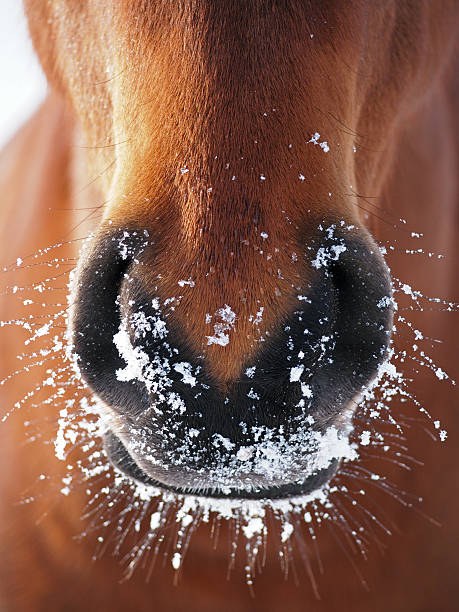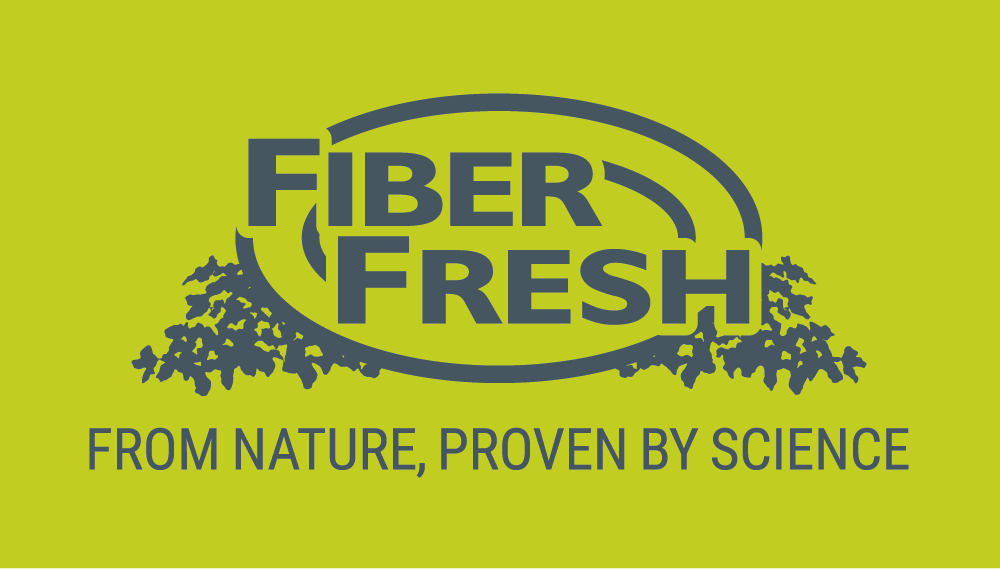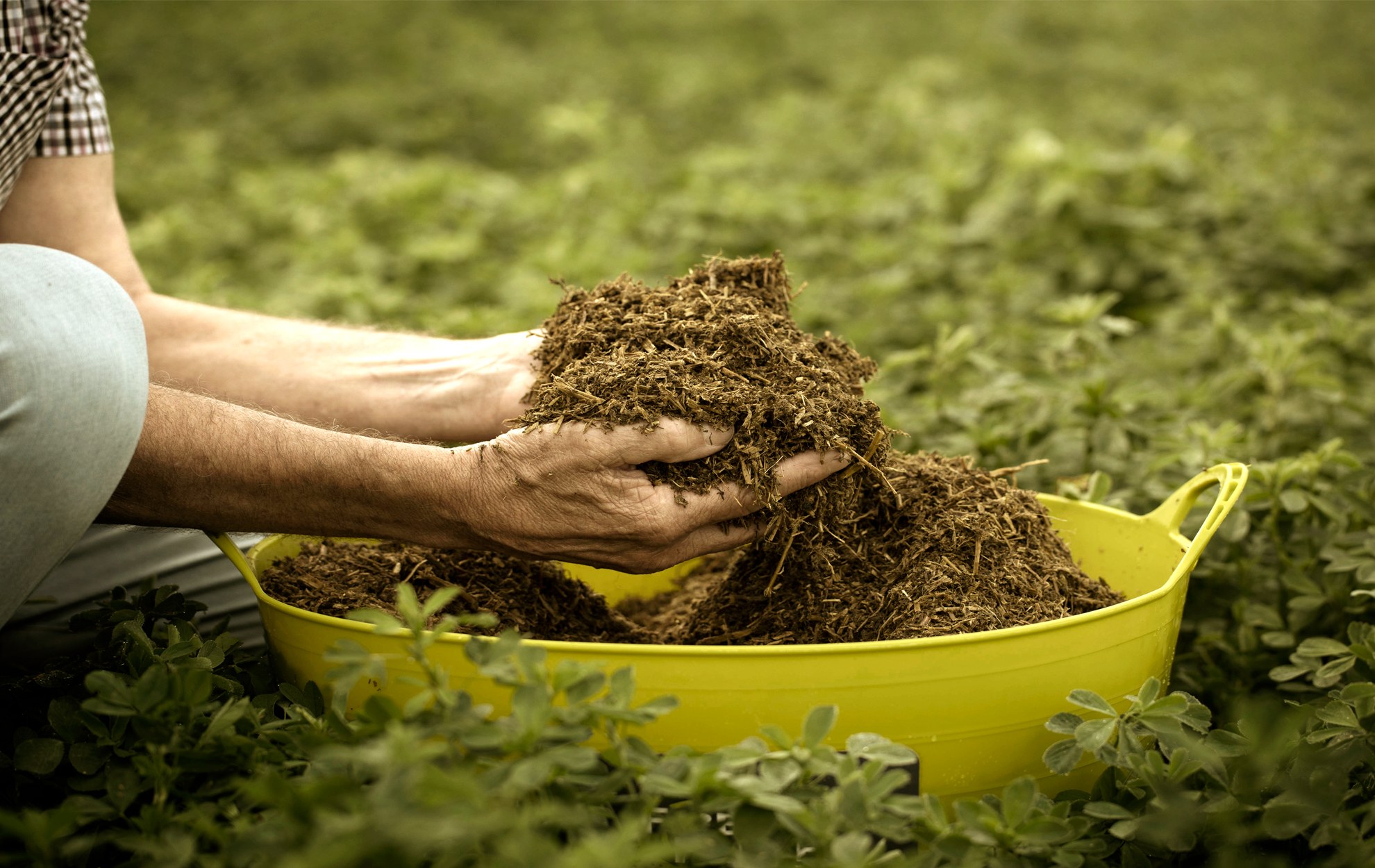
Grass growth and seasonal fluctuations of sugar levels increase the risk for equines who are sugar sensitive or pre-disposed to laminitis. For owners of these horses, it is vital to understand how grass grows, the impact on sugar levels of frosts, and solutions to this problem.
How does grass grow?
Green plants—like grass—create sugar through photosynthesis:
Carbon Dioxide + Water + Sunlight = Sugar + Oxygen
The plants then use this sugar for growth and reproduction, a process called respiration:
Glucose + Oxygen = Carbon Dioxide + Water + Energy for growth/respiration
When more sugar is created than the plant requires, the excess is stored as fructan or starch (carbohydrates) for later. Plants will respire (grow) whether dark or light, while only photosynthesizing in light. An increase in light leads to an increase in the rate of photosynthesis—Therefore:
- No light (Nighttime): respiration rate is higher than photosynthesis
Dim light (Cloudy days): photosynthesis is at the rate of respiration.
- Bright light (Sunny days): photosynthesis rate is higher than rate of respiration.
How are sugar level impacted by frosts?
Under normal conditions—when the temperature is above 5°C—grass undergoes sugar accumulation during the day. Given that more light creates more photosynthesis, and on sunny days the grass will photosynthesize better than it can respire: the sugar levels are highest at the end of the day and lowest around 5AM. However, an exception to this is frosty conditions, when the temperature is too low for grass growth.
Frosts result in heightened sugar levels, as they are stored in the plant to be ready for when the grass can grow. It is important to note that the high sugar levels will remain in the grass even if there are sunny days with the frosts—it is only when the temperature is consistently above 5°C that the plant will begin to respire again. So, when there are frosts, the excess stored sugar increases the risk for sugar sensitive or laminitis prone equines.
So, what do we do?
There are several options to manage the risk posed to your horse during frosts:
One option is to turn your horse out during the night and bring it in during the day. This means you are dodging the excessive sugar build-up as your horse isn’t grazing while the plant is photosynthesizing. If you are doing this, opting to replace some of your horse’s fibre with Fiber Protect, Fiber Ezy or Fiber Meadow is a great way to mitigate the risk associated with frost-affected pasture.
Soaking hay is also an option to remove sugars; however, it is less reliable at removing a consistent amount of sugar and—among losing some nutrients—changes the microbiome of the forage to be less desirable for gut health (Daniels et.al 2020).
Feeding quality fibre sources such as Fiber Meadow, Fiber Ezy and Fiber Protect can help eliminate the variability of sugars in their diet. Meadow, Ezy, and Protect all contain some of the lowest starch and sugars in a fibre source that you can provide your horse or pony with.
For laminitis-prone horses, these products are especially useful. The Laminitis Society recommends that horses with conditions exacerbated by high sugar levels consume forage fibre with Non-Soluble Carbohydrates (NSC) and sugar levels no higher than 10% to 12%/Kg DM
NSC values of Fiber Meadow, Ezy and Protect:
Fiber Meadow (Pasture Brome 46%, Cocksfoot 20-24%, Ryegrass AR1, 15% White clover 10%) - NSC 4.6%
Fiber Ezy (Lucerne and Timothy) - NSC 4.8%
Fiber Protect (Lucerne) - NSC 6.6%

